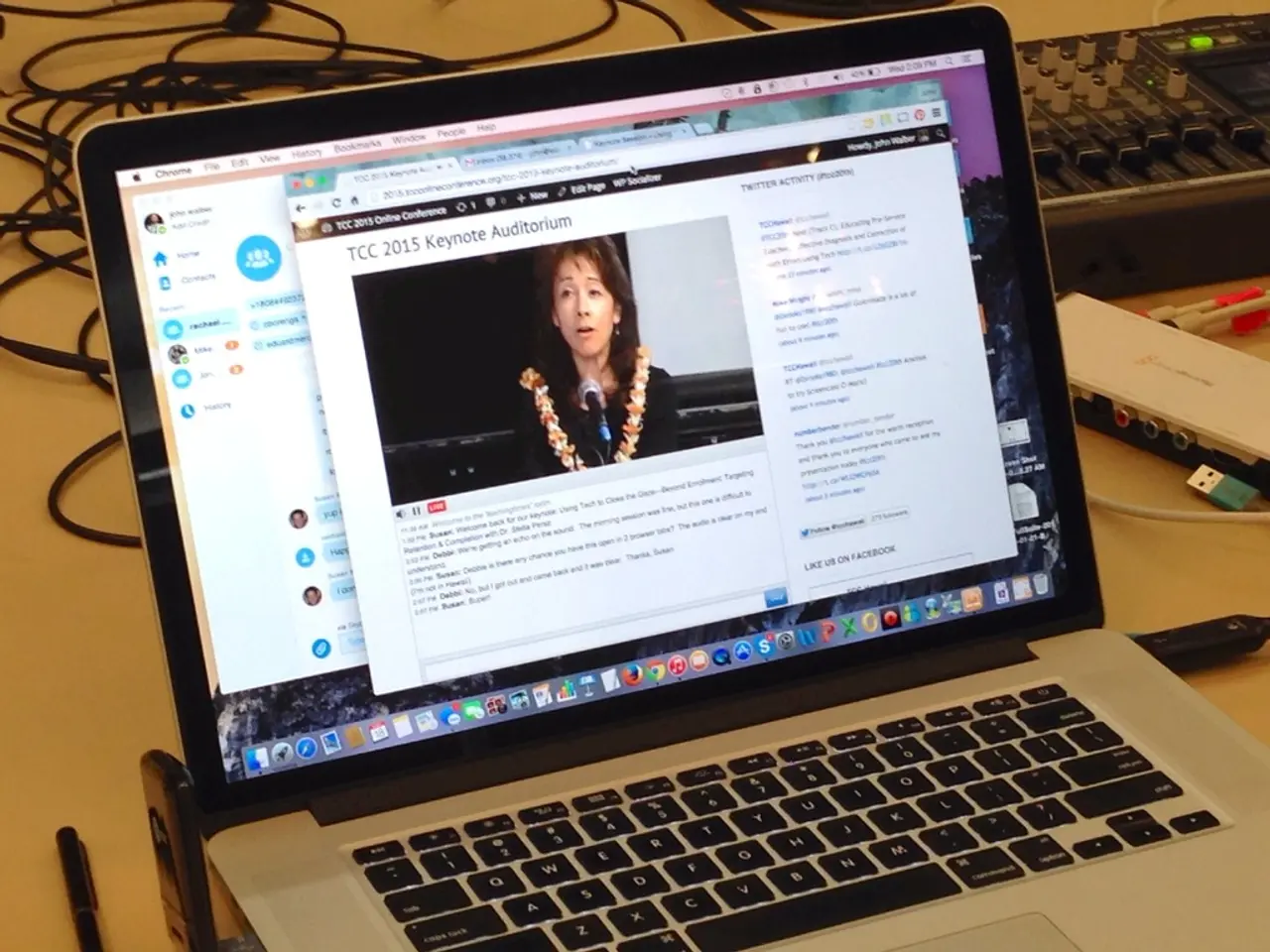Comparing Various Data Science Platforms: Which One Should You Choose for Optimal Knowledge?
In the world of data science, having the right tools can make all the difference. Here's a structured approach to IDEs and platforms for each critical period in the journey of a data science beginner.
**Critical Period #1: Learning Data Science Fundamentals**
At this stage, focus on learning the basic tools and skills necessary for data science. Recommended IDEs and platforms include:
- **Python and R**: Start with Python using IDEs like PyCharm or Visual Studio Code (VS Code) for its extensive libraries and support for data science (e.g., NumPy, Pandas, Scikit-learn). R is also widely used, especially for statistical analysis, and can be run in RStudio.
- **Jupyter Notebooks**: These are excellent for interactive learning and prototyping. They support both Python and R, making them ideal for beginners.
- **Weka and Orange Data Mining**: These platforms provide a graphical interface for learning machine learning concepts, which can be helpful for beginners.
- **YouTube Channels and Online Courses**: Utilize resources like Alex The Analyst for SQL, Python, and Excel, and Simplilearn for comprehensive data science courses.
**Critical Period #2: Scaling Up Compute Resources**
As you progress and need more computational power or scalability:
- **Google Colab**: Offers free GPU acceleration for machine learning tasks, ideal for scaling up without significant financial investment.
- **Kaggle**: Provides access to large datasets and competitions, which can help in building more complex models using scalable tools like TensorFlow.
- **AWS SageMaker or Google Cloud AI Platform**: These platforms offer scalable environments for deploying larger models and working with bigger datasets.
**Critical Period #3: Getting a Data Science Job and Realizing Models Need Deployments**
For job readiness and model deployment:
- **Production-Ready Tools**: Focus on Docker for containerization and deployment, and platforms like Kubernetes for orchestration.
- **Cloud Services**: AWS, Azure, or Google Cloud provide robust infrastructure for deploying models in production environments.
- **Model Deployment Platforms**: Consider using Azure Machine Learning or AWS SageMaker for deploying models in a cloud environment.
- **Interview Preparation Platforms**: Use platforms like LeetCode or Pramp to practice coding challenges commonly found in data science interviews.
Staying updated with podcasts like DataFramed or Data Skeptic can provide insights into the latest trends and tools in the industry.
Remember, Anaconda, introduced in 2009, was the first IDE to make significant in-roads to being both programmatically and visually useful, making Python "the" language of data science. Anaconda takes care of package dependency conflicts and comes with a virtual environment library in case of conflicting packages. Building your data science fundamentals using the Anaconda platform, experimenting with both Notebooks and IDEs, can prepare you well for the platforms you may be exposed to as your data science hobby turns into a data science profession.
Additionally, IDEs are graphical user interfaces (GUIs) that help programmers and data scientists develop solutions, while platforms integrate multiple services into a framework that handles complex tasks. Renting a VM from a cloud provider like GCP and enabling a remote desktop connection can provide transparent costs, full access to the VM's operating system, and the ability to add other software for development needs. However, be aware that even though some data science platforms may offer "free" trial versions, the VMs and storage being used by the platform likely aren't free.
[1] Source: https://www.datacamp.com/community/tutorials/top-10-python-libraries-data-science [2] Source: https://www.simplilearn.com/tutorials/data-science-tutorial [3] Source: https://www.dataskeptic.com/ [4] Source: https://www.analyticsvidhya.com/blog/2020/03/top-10-free-resources-for-data-science-and-machine-learning/
In the realm of personal interests, exploring a blend of lifestyle, fashion-and-beauty, home-and-garden, data-and-cloud-computing, and technology can enrich one's everyday experiences. For instance, staying informed about the latest trends in data-and-cloud-computing through podcasts like DataFramed or Data Skeptic can offer valuable insights. At the same time, updating one's fashion sense with, say, Python's prevalence in the data-science world through curated online stores could be an enjoyable exercise. Furthermore, leveraging cloud services like AWS or Azure could enhance one's home automation systems (home-and-garden) by optimizing energy usage or connection smart devices.




![Video Explanation: An Overview of Explainer Videos [Including Examples and Definition]](/en/content/images/size/w1280/format/webp/20250721153209_explainer-video-examples-meaning.jpeg)